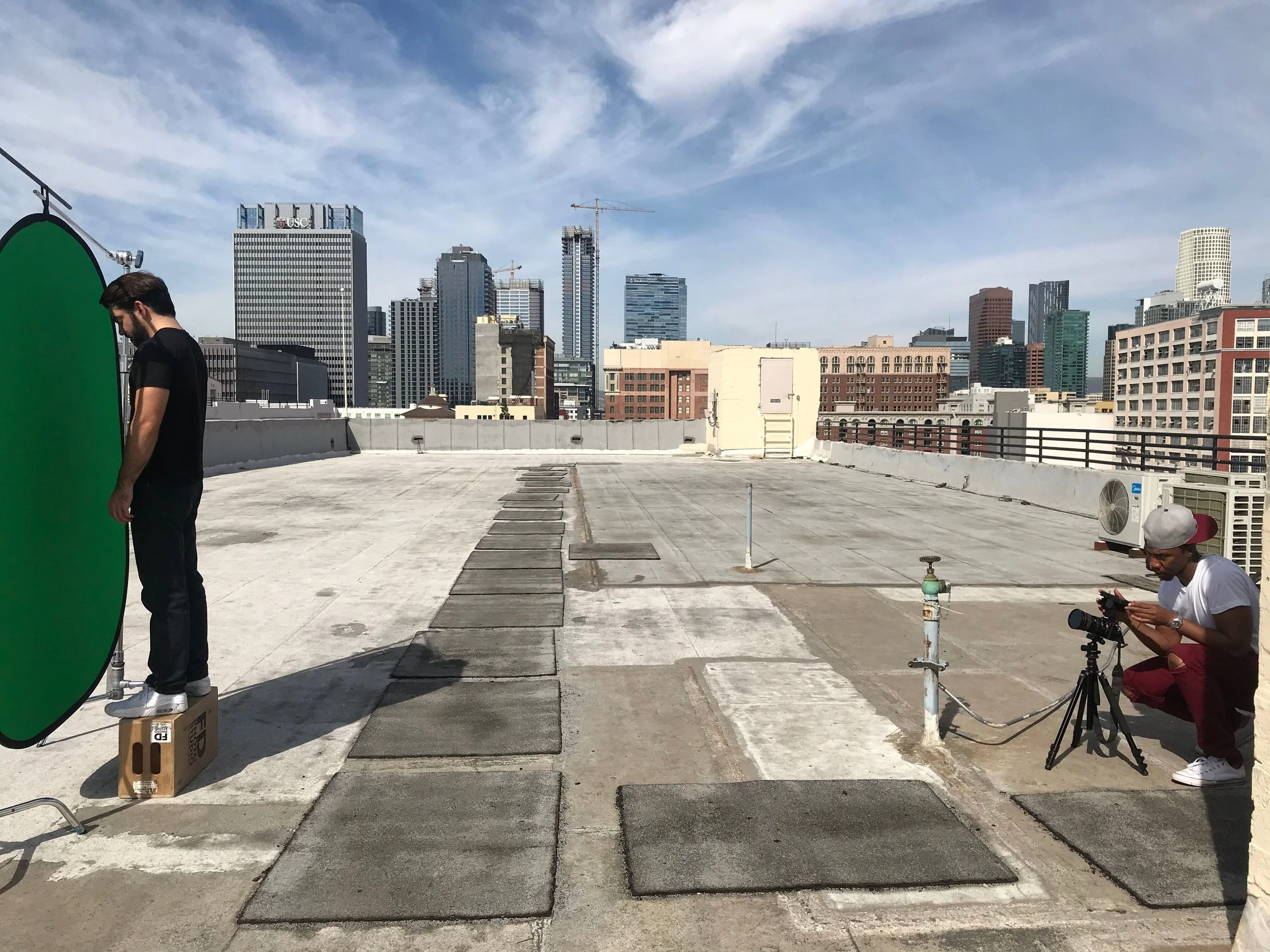Green Screen Magic: Creating Seamless Visual Effects in Video
Welcome to the mystical world of "Green Screen Magic," where the ordinary transforms into the extraordinary through the wizardry of visual effects. In this guide, we'll unravel the secrets of green screen techniques, providing you with the knowledge to seamlessly transport your subjects into captivating new worlds. Get ready to demystify the art and elevate your video production game!
Unveiling the Green Screen Canvas
The foundation of green screen magic rests on a simple principle—creating a canvas that stands as a blank slate for cinematic artistry. The primary color used, typically green (or sometimes blue), acts as a backdrop that can be replaced with any other visual element during post-production. This principle leverages the stark contrast between the subject and the green background - as its a color not found in skin tones, allowing for precise extraction and replacement, giving filmmakers the power to transport their subjects to unimaginable settings.
Lighting Mastery for Green Screen Success
Lighting is the key to unlocking the full potential of green screen magic. Achieving flawless green screen effects hinges on mastering the art of lighting.
Ensuring that your green screen is evenly and consistently lit is paramount for successful background removal in post-production. Without proper lighting, you risk introducing inconsistencies that can complicate the editing process, potentially adding hours of troubleshooting. Dive into the nuances of lighting techniques to create a setup that enhances your visuals, making them seamless and captivating.
You can check our comprehensive guide on lighting techniques for further insights into achieving green screen perfection!
Perfecting Chroma Key Techniques
Chroma keying is the wizardry that turns the ordinary green screen into a gateway to otherworldly settings.
Chroma keying is the process of isolating a specific color from an image or video and replacing it with another background. While the concept may seem straightforward, perfecting chroma keying is where the real artistry begins.
Mastering precise edge refinement and lighting adjustments are key elements in enhancing the realism of your final composited image. By employing these techniques, you can add a touch of magic to your visual effects, seamlessly transporting your subjects to captivating settings.
Creating Realistic Environments
Crafting realistic backgrounds is an essential skill in green screen magic. Learn how to seamlessly integrate subjects into diverse environments, from bustling cityscapes to serene natural landscapes.
The art of selecting high-quality background images and aligning them with your subject's lighting and perspective is one that may take much trial and error. Blending, adjusting colors, and adding shadows to create a convincing visual harmony between your subject and the chosen background is often something that takes years of experience to master. Therefore, for more complex green screen renderings we recommend connecting with professionals to make your green screen a success.
Twin Voyage Productions boasts a team of post-production experts who specialize in green screen replacement. With our extensive experience and advanced techniques, we can help bring your creative vision to life, ensuring seamless integration between your subjects and the chosen backgrounds. Whether you're aiming for a realistic urban backdrop or a fantastical world, our team is dedicated to delivering stunning visuals that exceed your expectations.
Conclusion
As we conclude our exploration of "Green Screen Magic," you're now armed with the knowledge to turn imagination into reality. The canvas is yours, and the possibilities are boundless. Let your creativity soar as you embark on a cinematic journey where the magic of green screens becomes an integral part of your storytelling toolbox.
Stay tuned for more insights, and may your visual adventures be nothing short of extraordinary! 🌟





